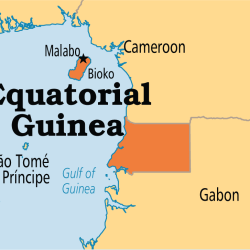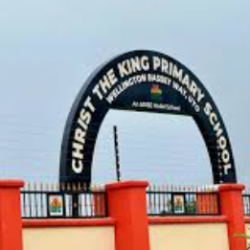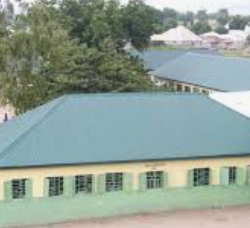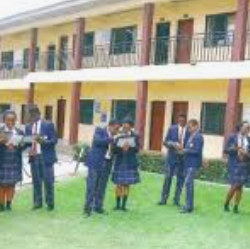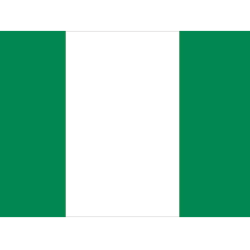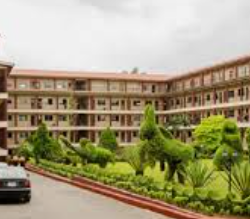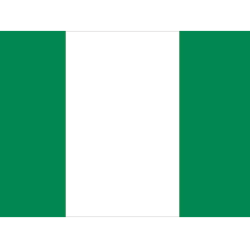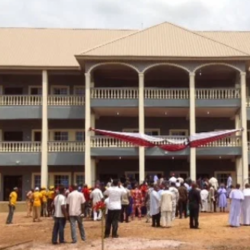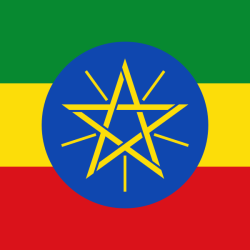In 1841 the Baptist Missionaries society based in London was established in Fernando poo.
It is in the Island of Fernando poo that the following missionary, Joseph Merrick, Jackson Fuller and Alfred Saker Presbyterian Mission was set up in Carisco, which later on was extended to Rio Muni.
In 1843, the Spanish laid claims of their African territories. They sent in commander Lerena Y Bary to proclaim the sovereignty of Isabelle II over these territories. This was readily accepted by the Benga kings of Carisco and Rio Muni, though they maintained the British, Beecroft in his post as Governor of Fernando poo. This reaffirmation of Spanish authority made it possible for the catholic prelate on its turn to establish itself in Equatorial Guinea.
Religions in Equatorial Guinea
No official religion, but around 90% are Roman Catholic, with an animist minority.
List of religions
88.7% Christianity
5.0% No religion
4.0% Islam
1.7% Traditional faiths
0.6% Others
THE ORGANISATION OF THE COLONY
The first priest and religious arrived at Fernando poo followed in 1858 by the Jesuits. This date marked a turning point for these territories of the would be future Equatorial Guinea. Spain actually made its presence felt by replacing the British Governors of Fernando poo with commander Carlos Chacon. One of the first ambitions of the new governor was to impose catholism as the official religion and forced the departure of protestant missionaries.
The economy of the Island of Fernando was transformed in the second half of the 19th century with the introduction of cocoa and coffee plants imported from the Island of Sao Tomé. Cocoa was however less cultivated in the whole island and Rio Muni, and the cultivation of coffee on its part was not quite successful. It was not until the end of the century that large coffee plantations developed in the country.
THE EUROPIAN DOMINATION
Following the Treaties of San Iidefanso and Pardo signed in 1777 and 1778, Portugal handed over all its territories in the Gulf of Guinea to Spain. From the Bite of Biafra, present day Nigeria to the Oyooue Delta in Gabon, an area of land of about 800,000 km2 in Central Africa. Since Spain had more or less abandoned these lands, it became difficult for her to reassert her ownership rights as far as the other Europeans countries which had just settled were concerned. France in Gabon, Germany in Cameroon and England in Nigeria.
In the 19th century, when great European explorers like Savorgnan de Brazza and Stanley sighted “virgin” land in Central Africa, Spain sent a Geographer, Manuel Iradier Y Bufly to her Gulf of Guinea possessions.
A first expedition was carried out in 1875 in Fernando poo on the islands of Elobey and Corisco and in Rio Muni. They found the trading posts of other European countries, in particular those of Germany everywhere.
During his second expedition in 1884, Iradier arrived too late. The Germans, Woerman and Dr. Nactigal had already signed treaties with African chiefs and taken over Cameroon, while Britain had hoisted its flag in Nigeria and the French who left from Gabon were about occupying Rio Muni, the island of Corisco and Elobey. On the other hand, Iradier, Dr. Ossorio and the Spanish Governor Monteo de Oca, went back to annex the Rio Muni territories by signing on their part treaties with local chiefs. It is then that the Berlin Conference opened up, presided over by the German Chancellor Bismarck. The major European powers, then decided not to scramble for Africa again with the use of arms but to share Africa among themselves in a conference
THE PARTITION FO AFRICA
Spain which was present at this conference from 15 November 1884 to 26 February 1885, did not dare lay any claims over her 800,000km2 of land added to her by Portugal in the 1777 treaty. She demanded 300,000km2 but unfortunately, the conference gave her nothing above 180,000km2 of land. After the conference Germany and France agreed to further “despoil” Spain by establishing border and their possessions in Cameroon and Gabon at Rio Campo. The whole of Rio Muni then passed on to French hegemony. Spain had only the island of Fernando poo left. Her protestations led to the creation of a Franco-Spanish commission and the Treaty of Paris on June 27 1900 giving Spain a small territory in the continent: the present Rio Muni (26,000km2).
THE BUBI’S REIGN
Malabo I, King of the Bubis, ruled from 1904 to 1937. In 1937, the Spanish government put in the necessary funds required to develop its colony of Fernando poo by creating administrative units and by importing labour from west Africa to work in the cocoa and coffee plantations.
The territory of Rio Muni however did not fall prey to colonization. The fang people, right up to 1926, put up a relentless resistance against any European attempt to enter the mainland. Besides the Fang were in possession of guns obtained through exchange and any attack risked excalating into a pitched battle.
In order to bring a solution to this state of affairs, Spain signed a convention with Germany in 1913 forbidding the sale of firearms to the indigenes. The Spanish colonists faced the same arm resistance with the Bubis of Bioko Island (Fernando poo), especially during the two uprising attempts of 1898 and 1910 in Luba.
This latter revolt was brought about by the stipulation that every Bubi of 15 – 50 years of age was to do forced labour three times a year in European-owned plantations. Spain signed a series of treaties with countries of the Gulf of Guinea in a bit to solve the problem of shortage in manpower.
In 1914, an agreement was reached with Liberia and later on with Nigeria for the unlimited supply of labourers. However, these “Negro” contracts were condemned for their poor treatment of labourers in the plantations.
A SPANISH COLONY
At the beginning of world war I, the Germans who had been defeated by the British and the French in 1915 in Cameroon took refuge with their African troops in Rio Muni and later in the Island of Fernando poo. After the amnesty, German officers were evacuated through Spain. Others stayed in Rio Muni to head timber exploitation while the African chiefs were repatriated to Cameroon.
General Primo de Riversa’s dictatorship ruled Spain from 1923 and lasted till 1930. As from 1926, the government disbursed the necessary financial means to equip Equatorial Guinea. Meanwhile, Rio Muni was occupied by the colonial Guard. It was at this period that the road linking the port of Bata in Mikomeseng and the North of Rio Muni was constructed.
During the Spanish civil war of 1936-1939 which brought General Franco to power, the nationalist camp which was deeply – rooted in Bioko Island succeeded in eliminating the Republican forces in Rio Muni. During the second world war, Spain remained neutral and continued to develop its African colony and negotiated agreements for the supply of labour with Nigeria.
TOWARDS THE INDEPENDENCE
One of the key instrument of the Spain’s colonial policy in Equatorial Guinea was the indigenous patronage indigenes (Indigenes Patronage), created in 1904 and reorganized in 1938 and 1939 in order to strengthen the guardianship and expropriation of Spaniards on African who were not emancipated.
The latter were considered as children and they made up almost the totality of the native population. They did not have the right to ownership and were liable to force labour in the plantations. On the other hand, those who were emancipated, who showed proof of “Their mental fitness”, for having acquired some professional and technical know-how and showed their respect for moral Christian values, were free from the constraints faced by the native population.
However, a wave of autonomist tendencies came to light after the war of African school masters deploring the unequal treatment within the functions carried out by Blacks and Whites.
In 1956, Acacio Mane, a black farmer, headed a clandestine opposition movement known as la “Cruzade Nacionale de Liberacion”. He had authority and always made his position clear. But when Spain joined the United Nations in 1955, he had the courage or impudence to sign a memorandum addressed to the UN accusing Spain.
He refused to go on exile, was arrested by the Spanish civil guards and assassinated in 1958, in the barracks of Bata. Under international pressure, Spain was forced to undertake a process that would gradually bring Equatorial Guinea to independence.
Overseas territories became Spanish Provinces in 1964. In Equatorial Guinea, the “patronade des Indigenes” was dissolved and new responsibilities were offered to African who could accede to Municipal councils and provincial assemblies.
In another connection, parliamentarians were designated to go and seat in the parliament in modrid. During the occasion many small nationalist groups were created, and they pushed Equatorial Guinea towards independence that became more and more unavoidable, considering that neighbouring territories and former French and British colonies had gained independence at the begining of the years 1960.
Equatorial Guinea
Equatorial Guinea is Africa’s wealthiest nation on account of its huge revenues from oil, yet most of its population live in poverty.
The islands of Bioko and Rio Muni were ran as the protectorate of Spanish Guinea until 1959 when it was granted self-rule.
Capital
Malabo.
Population
1,679,172
(2022 estimate)
Area
28,051 sq km (10,831 sq miles)

- Equatorial Guinea is the only African state in which Spanish is an official language.
- In 2014 President Obiang’s son Toedorin was ordered to surrender US assets worth more than $30 million bought with stolen money.

In October 1968 Spain bowed to UN pressure and conceded full independence.
The first decade was blighted by the brutal misrule of President Macias Nguema.
Backed to varying degrees by the USSR, China and Cuba, his regime presided over the alleged genocide of the minority Bubi people, the execution of thousands of political opponents, the closure of churches and the country’s economic collapse as skilled workers and foreigners fled.

Macias Nguema was tried and executed in 1979 after being overthrown in a bloody coup led by his nephew, Lt Col Teodoro Obiang.
Equatorial Guinea gained international recognition and joined the CFA Franc Zone, but relations with Spain remained touchy as its aid was dependent on democratisation.
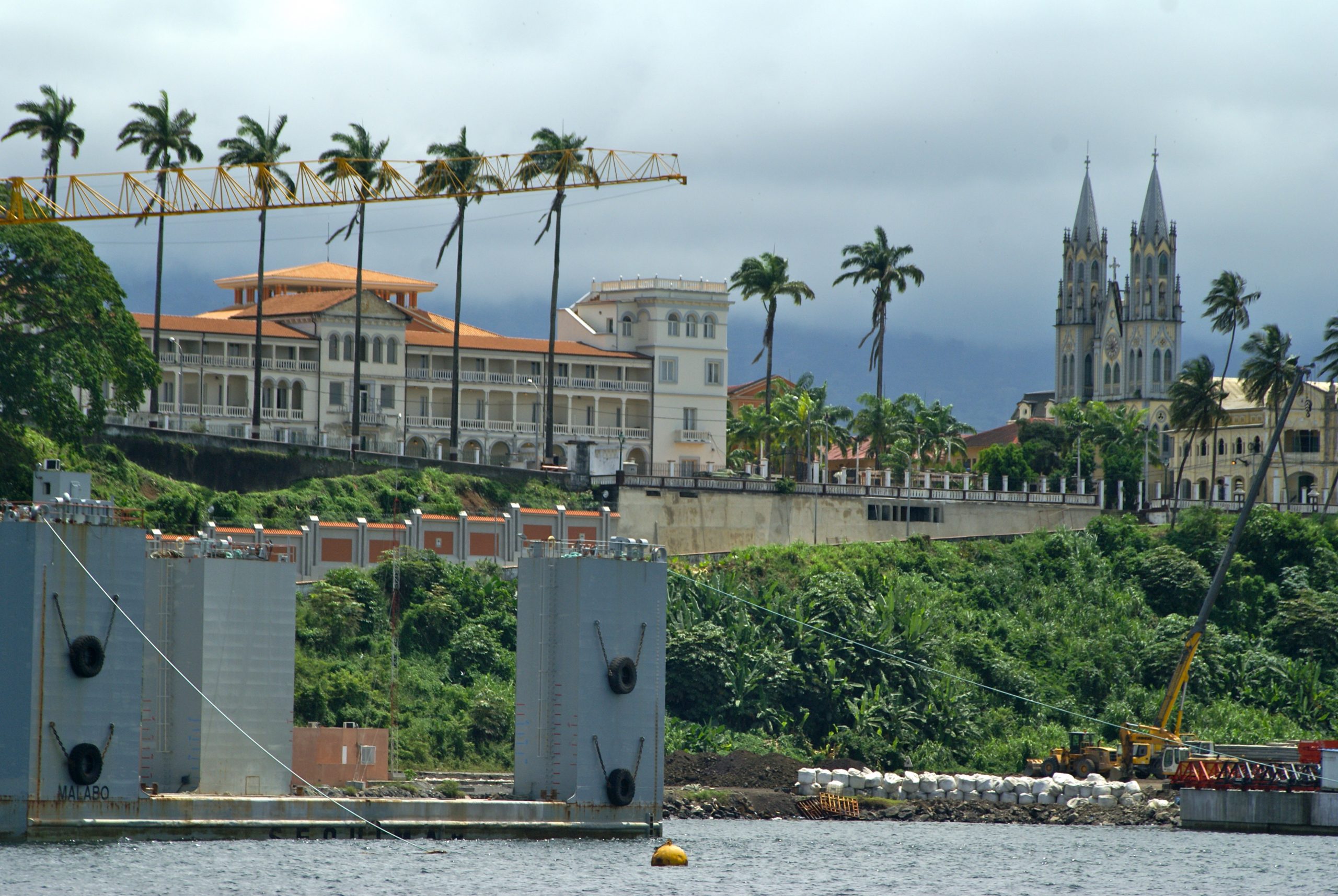
Throughout the 1980s, Obiang resisted the establishment of a multi-party system and even though a democratic constitution was declared in 1991 and the first multi-party legislative elections were held in late 1993, the government’s conduct of the election was such that the main opposition boycotted the poll.
Consequently, the Obiang-controlled Partido Democratico Guinea Ecuatorial (PDGE) won a substantial majority of seats.
This pattern of malpractice has continued more or less unabated at every subsequent election as the Obiang regime routinely identifies real or perceived coup attempts.

Before the discovery of huge oil deposits in the Gulf of Guinea in the mid-1990s, Equatorial Guinea attracted little international attention.
This has changed and although corruption watchdog Transparency International ranks Equatorial Guinea as one of the world’s 12 most-corrupt states, the regime remains an ally of the USA.
Social Conventions in Equatorial Guinea
Foreign visitors (especially Europeans) are a comparative rarity in Equatorial Guinea and are liable to be met with curiosity and, possibly, suspicion. Foreign cigarettes are appreciated as gifts.
A knowledge of Spanish is useful.
Photography: A permit is required from the Ministry of Information and Tourism. Care should be taken when choosing subjects. Photographing the presidential palace, airports, ports, military bases and other sensitive areas could lead to imprisonment.
Languages in Equatorial Guinea
Spanish and French are the official languages. The main African dialects spoken are Fang and Bubi (which is common on Bioko). Other ethnic groups speak their languages too.
Ethnic groups
85.7% Fang
6.5% Bubi
3.6% Ndowe
1.6% Annobon
1.1% Bujeba
1.1% other
Regions and provinces
A. The Insular Region with three Provinces:
1a. The Bioko-Norte Province, Capital Malabo.
1b. The Bioko-Sur Province, Capital Luba.
1c. The Annobón Province, Capital San Antonio de Palé.
B. The Continental Region, with four Provinces:
2a. The Litoral Province, Capital Bata.
2b. The Kie-Ntem Province, Capital Ebebiyín.
2c. The Wele-Nzás Province, Capital Mongomo.
2d. The Centro-Sur Province, Capital Evinayong.
